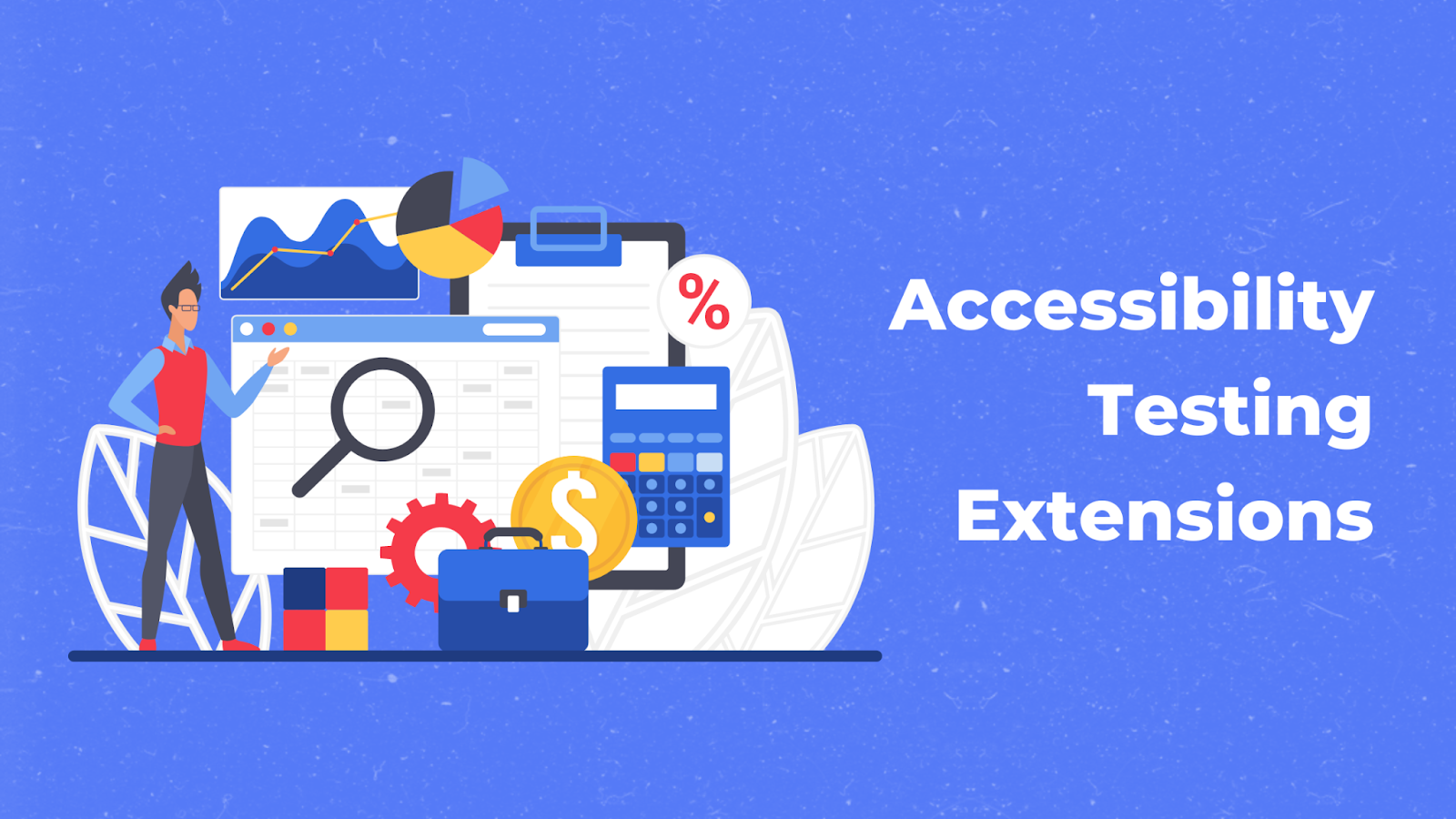In the digital age, accessibility is not merely an option; it’s a necessity. As the online landscape expands, ensuring that websites are accessible to everyone, including those with disabilities, becomes paramount. One effective way to achieve this is through website accessibility testing and audit extensions. These tools empower developers and designers to create inclusive digital experiences. This post explores the significance of such extensions and how they make the web more accessible to all.
Understanding Accessibility Testing Extensions
Website accessibility testing extensions are invaluable tools for evaluating the accessibility of web content. These extensions typically integrate with web browsers, allowing developers and testers to analyze various aspects of accessibility directly within their workflow. From checking color contrast to assessing keyboard navigation, these extensions offer a comprehensive suite of features to identify and address accessibility issues promptly. Let’s understand them here briefly.
Integration with Web Browsers
Website accessibility testing extensions seamlessly integrate with popular web browsers, such as Google Chrome and Mozilla Firefox, allowing developers to evaluate web content directly within their familiar working environments.
Comprehensive Accessibility Analysis
Website accessibility testing extensions offer a wide range of features to assess various aspects of accessibility, including color contrast, keyboard navigation, semantic markup, and alternative text for images, providing a holistic view of a website’s accessibility status.
Real-Time Feedback
Developers receive instant feedback on accessibility issues as they navigate through web pages, enabling them to promptly identify and address potential barriers to access.
Enhanced Efficiency
By incorporating accessibility testing into the development workflow, Website accessibility testing extensions streamline the process of identifying and fixing accessibility issues, ultimately saving time and resources while ensuring a more inclusive online experience.
Conducting Website Accessibility Audits
Conducting website accessibility audits is essential for ensuring inclusive digital experiences. Audit extensions, guided by established standards like WCAG, facilitate comprehensive evaluations for accessibility compliance.
Utilization of Established Standards
Website accessibility audit extensions utilize established guidelines like the Web Content Accessibility Guidelines (WCAG) to evaluate websites comprehensively. These standards serve as benchmarks for assessing accessibility, covering areas such as permeability, operability, understandability, and robustness.
Thorough Evaluation Process
Website accessibility audit extensions conduct thorough evaluations of websites, examining content, design, and functionality to identify accessibility barriers. They scrutinize aspects like color contrast, keyboard navigation, form labels, and alternative text for images to ensure compliance with accessibility standards.
Generation of Detailed Reports
Website accessibility audit extensions generate detailed reports outlining accessibility issues discovered during the audit process. The reports categorize problems based on severity and provide recommendations for addressing them effectively.
Facilitation of Prioritization
By highlighting areas for improvement and prioritization, website accessibility audit extensions enable developers to focus their efforts on addressing critical accessibility issues first, thereby enhancing the website’s overall accessibility.
Streamlining the Development Process
Integrating website accessibility testing extensions and Website accessibility audit extensions into the development process streamlines the creation of accessible websites. These tools offer real-time feedback and actionable insights, enabling developers to identify accessibility issues early. This proactive approach saves time and resources by addressing problems before they escalate. Moreover, it cultivates a culture of accessibility within development teams, emphasizing the importance of inclusivity in all stages of website development.
Promoting Inclusive Design Practices
Website accessibility testing and audit extensions are pivotal in promoting inclusive design practices. They enable developers and designers to identify and resolve accessibility barriers early in the design process. By emphasizing accessibility from the outset, these tools encourage the integration of inclusive design principles into every aspect of website development. This proactive approach ensures that websites are designed to accommodate diverse user needs, ultimately enhancing the overall user experience for everyone, regardless of ability or disability.
Read: Beyond Screens: Exploring UI/UX Challenges in Virtual Reality (VR) Gadgets
Let’s Understand it With an Instance
Imagine a scenario where a visually impaired individual navigates a website seamlessly, accessing information and interacting with content effortlessly. This is the essence of website accessibility, a digital environment where everyone, regardless of ability, can participate fully. By leveraging website accessibility testing and audit extensions, developers can transform this vision into reality. These extensions catalyze change, creating accessible websites prioritizing inclusivity and equal access to information. With their help, we can build a web that truly embodies the principles of accessibility and inclusivity.
Conclusion
In an era defined by digital innovation, ensuring the accessibility of websites is not just a legal requirement—it’s a moral imperative. By embracing website accessibility testing and audit extensions, developers and designers can champion inclusivity and create digital experiences that resonate with all users. As technology continues to evolve, let us remain steadfast in our commitment to accessibility, leveraging the power of tools and extensions to build a more inclusive web for generations to come. Together, we can shape a digital landscape where accessibility is not just a feature but a fundamental aspect of online existence.
Author’s Bio:
Peter serves as a technical writer at Accessibility Analyzer and has been closely following the web development landscape for more than 3 years now. He’s also been writing on web design and other technical topics.



